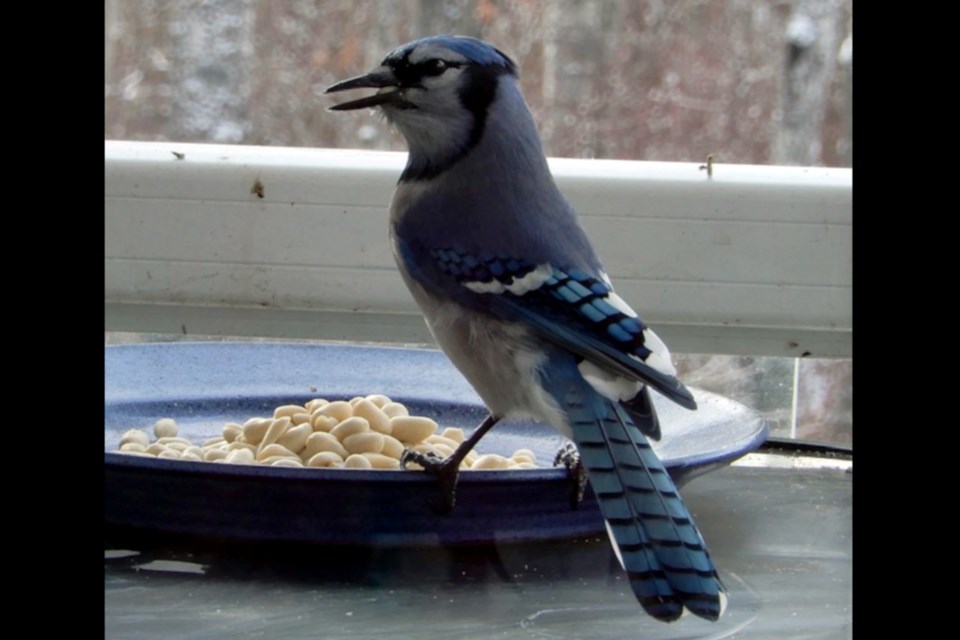ATHABASCA — If you own a cat, you always know when there's a bird outside the window, but you can find out how many are actually in your area as the annual Athabasca bird count draws closer.
Every Dec. 27, the Athabasca Christmas Bird Count relies on volunteers to go outside, if possible, or stay in the comfort of their own homes to keep track of our feathered friends, which is an important way to track climate change and changes to nesting areas caused by development and more.
“There is a counting circle that expands 15 miles in diameter starting at 50th Avenue and 50th Street,” coordinator Ursula Brant said Nov. 25. "So, anybody in that circle can do their feeder counts and if there's people that are out of that circle, they can walk, hike, drive in the circle and do counts.”
But the group wants you to register so they can keep track, provide you with a spreadsheet, help you find any apps like the Merlin Bird ID app by Cornell Labs, or loan you a bird book if needed.
“If we have their e-mail, we can send them counting lists that have all the species of birds on them,” she said. “It has a spot to fill out for their location, a spot to fill out for their time. It has a spot to fill out if they went for a hike and how far they went and more.”
The new spreadsheet will also make it easier to collate the information officially, even if you still use the old binoculars.
“When we put the count to ABA, which is the Alberta Bird Association, we have to send all the information of what area they counted in, how many hours they watched their feeders or walked, as well as how many miles they travelled,” she said.
Knowing who is counting and where reduces overlap, or at least allows for calculations to be made.
“If there's three people in the same area, it’s the total count divided by three that will get the right numbers,” said Brant.
Walking, hiking, or driving gives a broader range but also reduces the chance of seeing the same flock over and over, as well as more varieties so, if you’re staying home and watching your feeder, you need to be mindful of keeping track.
“You can only count the biggest numbers of birds that you see at one time,” she said. "If I go out in the morning and see eight chickadees and I come back at night and see 12 chickadees, I cannot add them, I would just put down 12.”
And for anyone outside the 15 kilometre circle, whether a novice or professional birder, you can still sign up, but it won’t be added to Athabasca count.
“I do not deter anybody from any area phoning in their counts, because we are setting up something that will accommodate their areas,” said Brant. “We're getting this started now so if we have a novice, or a new birder, they have some time to organize, practice, organize, and ask.”
For information or to sign up you can contact the group at [email protected].



